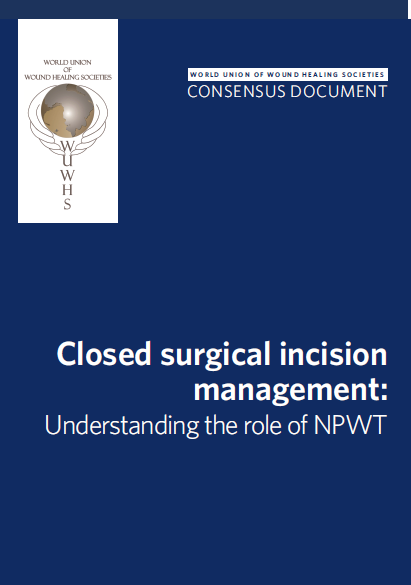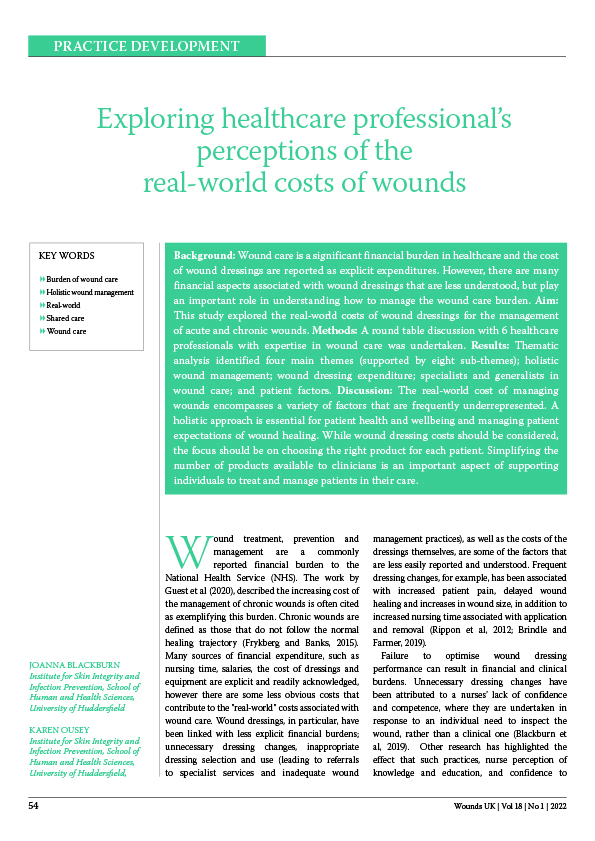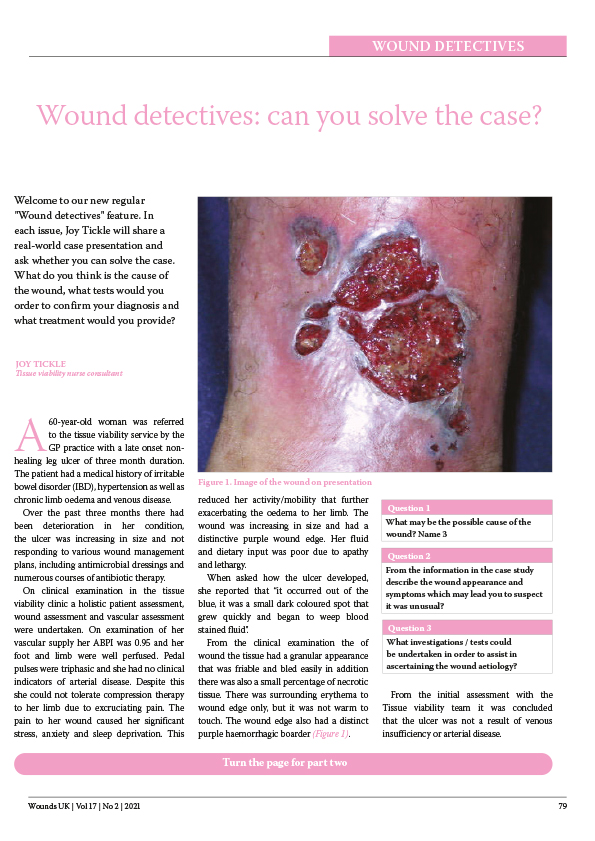Substantial numbers of patients develop surgical site infections and other incisional complications worldwide each year. The social, healthcare and wider economic implications are considerable. As the average age of the population increases and multi-morbidity becomes more common, the number and complexity of surgical procedures performed is rising. As a result, reducing the risk and burden of incisional complications continues to be a major challenge.Negative pressure wound therapy (NPWT) used on the closed incision is a new and emerging approach to managing closed incisions, which shows early promise in being able to reduce the incidence of incisional complications. In January 2016, an international group of surgical care experts met to discuss the challenges involved in closed surgical incision management and the interventions that can be used to reduce the risk of surgical site complications. Optimising wound outcomes is a complex, multifactorial challenge and the discussions included why, when and how to use NPWT on closed surgical incisions as part of a ‘bundled’ approach. The core expert working group and a wider review panel produced the final consensus following extensive review of the initial draft. It is hoped that this document will raise the profile of surgical site complications and, ultimately, help surgeons and other clinicians to improve outcomes for patients.
Supported by Smith & Nephew







